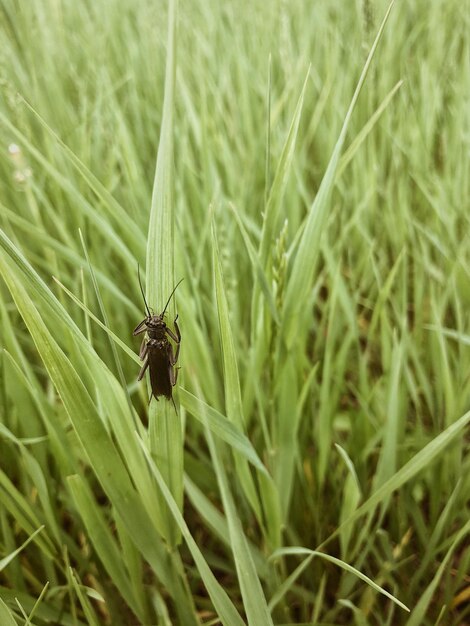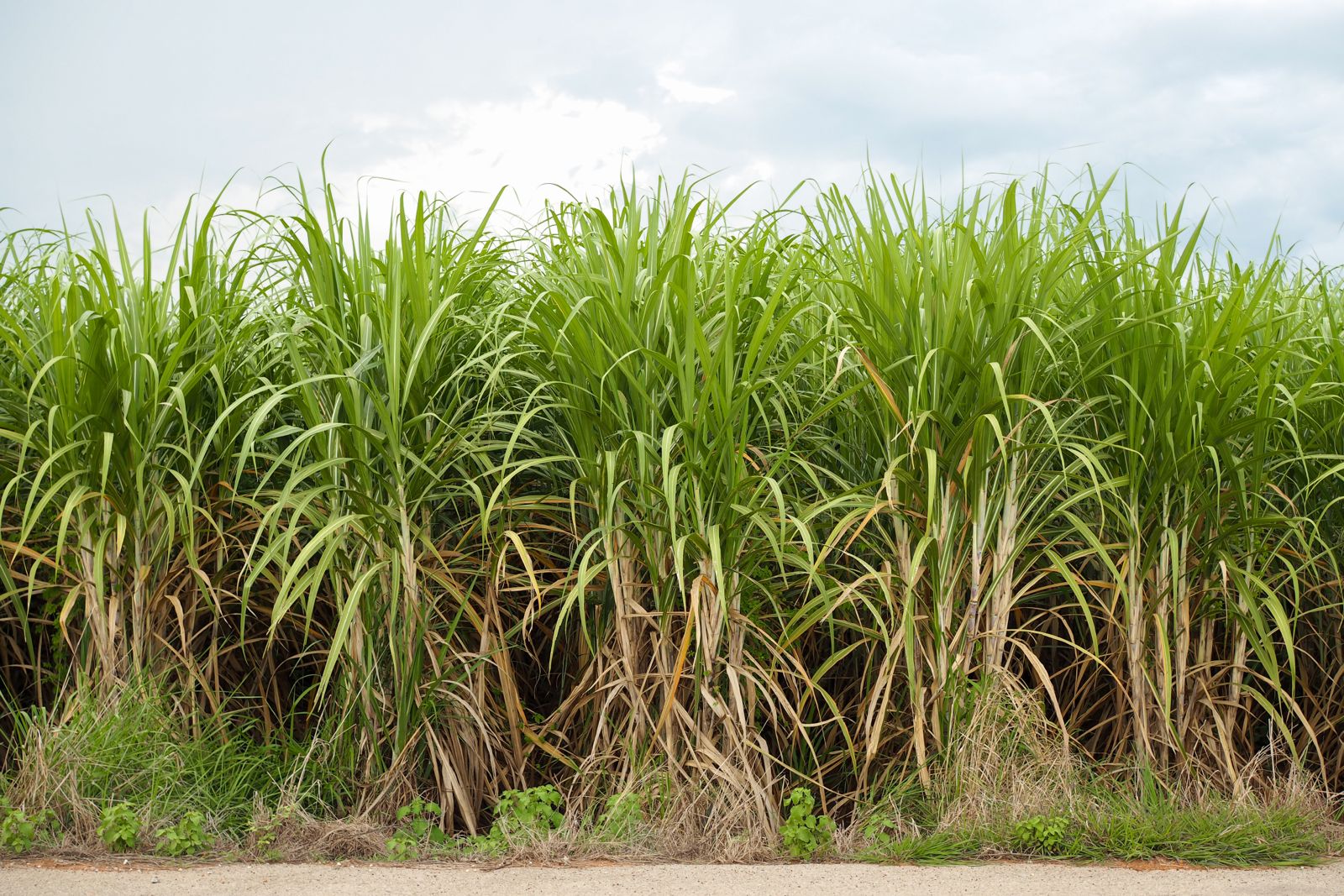THE Sugar Regulatory Administration (SRA) on Monday said it will conduct field testing of fungi that can possibly eliminate red striped soft-scale insect (RSSI) infestation in sugarcane.
The fungi, scientifically named Metarhizium anisopliae and Beauveria bassiana, were found to kill RSSI in lab-controlled testing.
Metarhizium anisopliae is found in Capiz, Panay, and Beauveria bassiana in Bago, Negros Occidental.
SRA Administrator Pablo Luis Azcona said the agency will recommend mass reproduction of these fungi if proven effective on a large scale. Farmers and groups will be taught how to multiply the fungi as a long-term solution to RSSI infestation.
Meanwhile, Azcona thanked the private sector, including Paul Curran, chairman of sugar mill Hawaiian-Philippine Company (HPCO), for seeking help from Israelis who had previously studied RSSI.
The Israelis recommended organic methods to stop RSSI.
If not fully contained, RSSI can reduce sugar content in sugarcane by up to 50 percent.
Azcona said the SRA is studying the suggestions for long-term solutions that are cheaper and less harmful than pesticides, which can also harm insects that are otherwise beneficial to sugarcane.
Some P10 million in pesticide assistance has been allotted to the SRA from the Department of Agriculture through Secretary Francisco Tiu Laurel Jr.
A number of suppliers want to apply for emergency-use permits for five pesticides identified by the National Crop Protection Center to combat RSSI, the SRA said, but noted that the process is handled by the Fertilizer and Pesticide Authority.
Local government units have been asked to declare a state of calamity to contain the spread of the infestation and expedite pesticide procurement, but no announcements have been made so far, the SRA noted.
At present, the SRA has been using pesticide supplies in the Quick Response to Pest Outbreak project through its Mill District Development Councils (MDDCs).
Affected areas
First spotted on May 22, RSSI initially affected 87.04 hectares (ha) of sugarcane and 76 farmers.
Last week, afflicted areas expanded to 2,281.36 ha, 1,612 farmers (from 1,290), and 127 barangays (from 113).
As of July 9, infestation covered 2,932.13 ha.
The data is based on validated areas, but the SRA said it could be more extensive due to limited personnel and current workloads.
Negros Occidental remains the most severely affected province with 2,876.28 ha, 1,574 farmers, and 113 barangay (villages) impacted.
This was followed by Iloilo with 29.15 ha, 13 farmers, and seven barangay; Capiz, 23.20 ha, 22 farmers, and 6 barangay; and Negros Oriental, 3.5 ha, three farmers, and one barangay.
Some 237.66 ha with 29 farmers have recovered, which the SRA attributed to de-trashing, burning infested leaves, and applying insecticides.
An RSSI Task Force has been created with members from the DA, the Bureau of Plant Industry, provincial local government units, and local government units.
There is ongoing validation, monitoring, technical advisories, and assistance by the SRA’s La Granja Agricultural Research and Extension Center (LGAREC) and Extension Services Division (ESD)-Visayas.
The SRA had likewise conducted a stakeholders’ forum to gather concerns and work on interventions. It has also been distributing printed materials with information on RSSI in the local language.
In addition, software app for reporting RSSI cases to help with data gathering is in the works.















